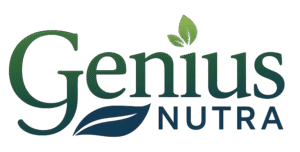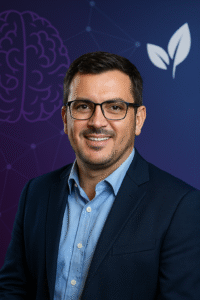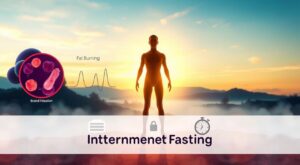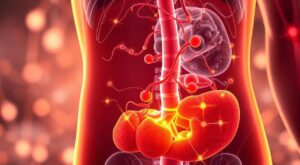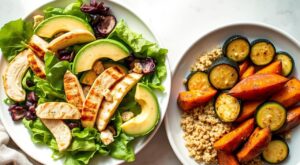Anxiety is one of the most prevalent mental health challenges of our time. Affecting over 40 million adults in the United States every year, anxiety disorders can range from occasional stress to debilitating panic attacks. Yet, many individuals still struggle to understand where anxiety stems from and how to cope with it in a sustainable, natural way. In this comprehensive guide, we’ll unpack the causes of anxiety and explore holistic, evidence-based strategies to manage it—without relying solely on medication. Whether you’re seeking insight for yourself or a loved one, this article offers clarity and solutions grounded in science and natural health principles.
What is Anxiety? Understanding the Basics
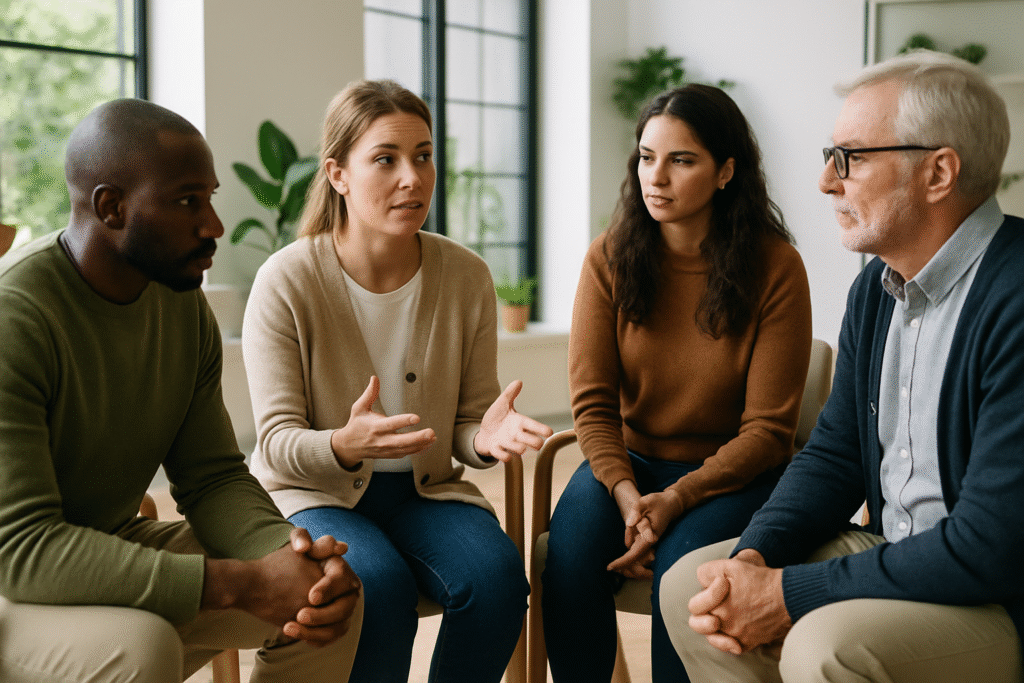
The Nature of Anxiety
Anxiety is a normal human response to stress or perceived danger. It involves feelings of tension, worried thoughts, and physical changes like increased heart rate. While occasional anxiety is a part of life, chronic anxiety can disrupt daily functioning and overall well-being.
Common Types of Anxiety Disorders
There are several forms of anxiety disorders, including:
- Generalized Anxiety Disorder (GAD): Characterized by persistent and excessive worry about various aspects of life, often without a specific cause.
- Panic Disorder: Involves sudden and repeated panic attacks—intense periods of fear accompanied by physical symptoms like chest pain and shortness of breath.
- Social Anxiety Disorder: A strong fear of social situations where one may be judged or embarrassed, often leading to avoidance behavior.
- Phobias: Intense fear of specific objects or situations (e.g., flying, heights, spiders) that go beyond rational caution.
- Obsessive-Compulsive Disorder (OCD): Marked by unwanted, recurring thoughts (obsessions) and repetitive behaviors (compulsions) performed to reduce anxiety.
- Post-Traumatic Stress Disorder (PTSD): Triggered by a traumatic event, causing flashbacks, nightmares, and severe anxiety.
Each type has unique symptoms but often shares underlying emotional and physiological patterns.
📌 Did You Know?
According to the National Institute of Mental Health, women are twice as likely as men to experience anxiety disorders in their lifetime.
The Neuroscience of Anxiety
How the Brain Processes Anxiety
Anxiety originates in the brain’s limbic system, particularly the amygdala, which processes fear and threat signals. The hypothalamic-pituitary-adrenal (HPA) axis then activates the stress response, triggering cortisol release.
Chronic Activation and Its Effects
Persistent activation of these systems can lead to hypervigilance, fatigue, impaired memory, and mood dysregulation.
✅ Expert Summary
Research published in Nature Reviews Neuroscience highlights the amygdala’s overactivity in anxiety disorders as a major biomarker.
Anxiety and Sleep: A Two-Way Street
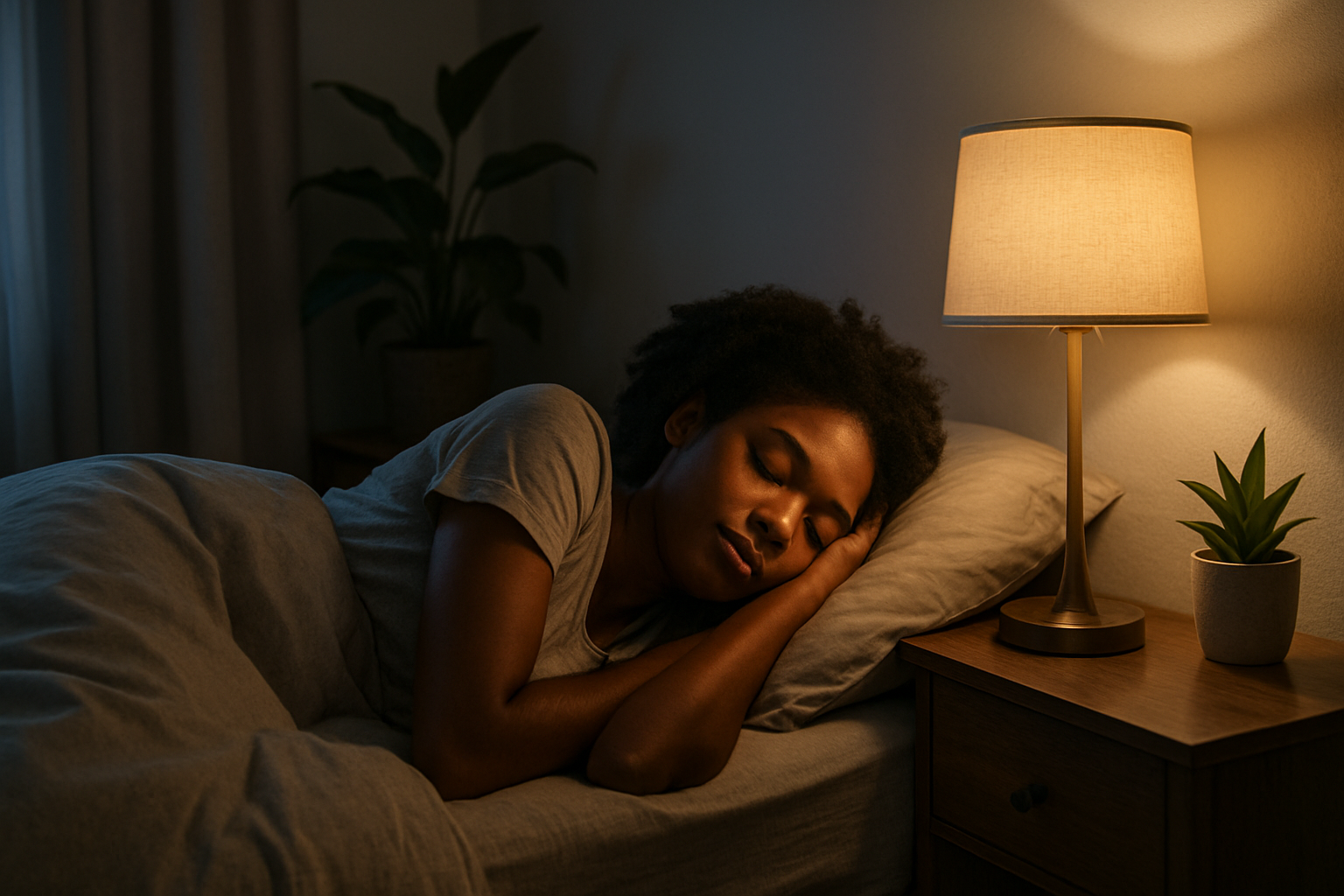
Sleep Deprivation Increases Anxiety
Poor sleep quality elevates cortisol and reduces resilience to stress. Just one night of sleep loss can raise anxiety levels by over 30%.
Natural Sleep Supports
- Magnesium and melatonin supplementation
- Digital detox before bed
- Sleep hygiene: cool room, darkness, consistent bedtime
💡 Quick Tip
Use the “4-7-8” breathing technique before sleep to activate the parasympathetic system.
Digital Overload and Modern Anxiety

The Role of Screens and Notifications
Constant digital stimulation elevates arousal and disrupts focus. Social media comparison can trigger self-doubt and social anxiety.
How to Reset
- Scheduled screen-free times
- Turn off non-essential notifications
- Follow only inspiring or educational content
📌 Did You Know?
Excessive screen time has been associated with increased anxiety and depression in young adults, according to a 2020 study by JAMA.
Natural Therapeutic Approaches
Cognitive Behavioral Therapy (CBT)
Focuses on reframing negative thought patterns. Proven effective for GAD, panic, and social anxiety.
Exposure Therapy and EMDR
Useful for PTSD and phobias. Helps desensitize traumatic memory loops and irrational fears.
Biofeedback and Neurofeedback
Train the brain to regulate stress responses through real-time monitoring of physiological signals.
Effectiveness of Natural Techniques
| Technique | Target Area | Evidence Level |
|---|---|---|
| Mindfulness Meditation | Emotional regulation | Strong |
| Exercise (aerobic) | Endorphin boost | Strong |
| Deep Breathing | Parasympathetic activation | Moderate |
| CBT | Cognitive reframing | Strong |
| Ashwagandha | Cortisol regulation | Moderate |
✅ Expert Summary
Combining multiple approaches—like mindfulness + exercise + CBT—yields greater reductions in anxiety than any method alone.
Comparing Natural Coping Methods
Meditation vs. Deep Breathing
Both are effective but serve different needs. Meditation, especially mindfulness-based practices, helps build long-term emotional regulation. Deep breathing, like box breathing or diaphragmatic breathing, offers immediate relief during acute anxiety.
Exercise and Movement
Regular physical activity reduces anxiety by boosting endorphins and regulating stress hormones. Aerobic exercises (e.g., walking, cycling) and mindful movement (e.g., yoga, tai chi) are particularly beneficial.
Nature and Grounding Techniques
Spending time in nature or engaging in grounding exercises (like walking barefoot on grass or focusing on the senses) calms the nervous system and enhances emotional resilience.
💡 Quick Tip
Try the 5-4-3-2-1 grounding technique when anxiety spikes: name 5 things you see, 4 you can touch, 3 you hear, 2 you smell, and 1 you taste.
Common Myths and Mistakes
Myth: Anxiety Is Just Worrying Too Much
Reality: Anxiety is a complex mental health condition with psychological, physical, and neurological roots—not just an overactive imagination.
Myth: Medication Is the Only Solution
Reality: While medication can help some, many people successfully manage anxiety through lifestyle changes, therapy, and natural interventions.
Mistake: Avoiding All Anxiety Triggers
Avoidance can actually reinforce anxiety. Gradual exposure and coping techniques are more effective long-term solutions.
📌 Did You Know?
Cognitive Behavioral Therapy (CBT) is considered one of the most effective evidence-based approaches for treating anxiety.
Step-by-Step Routine to Reduce Anxiety
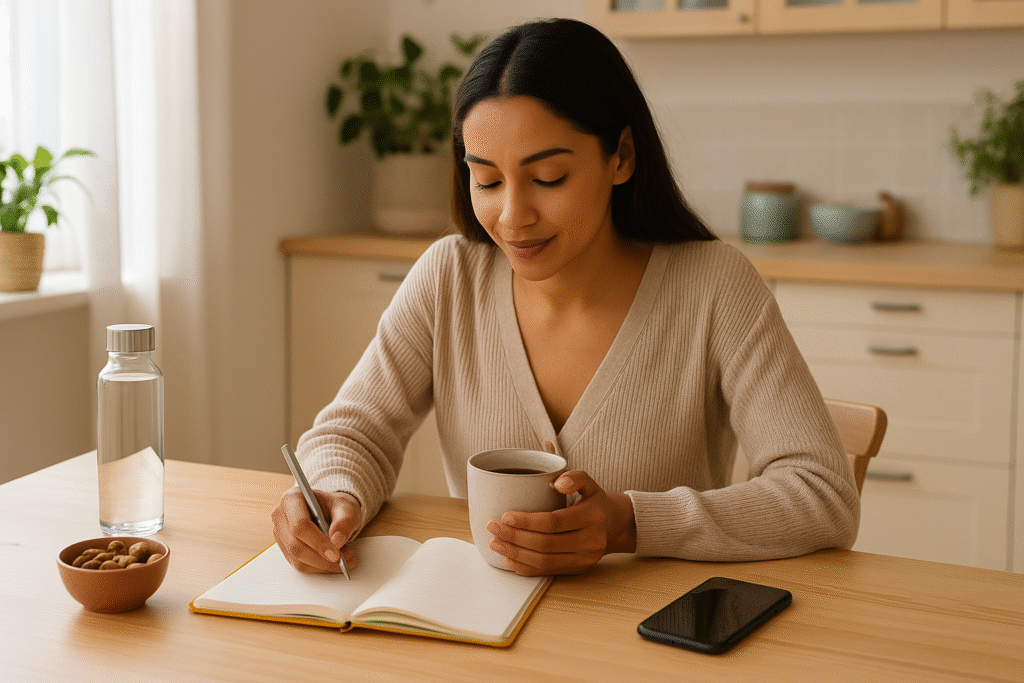
Daily Wellness Checklist
- Morning mindfulness or breathing session (5–10 minutes)
- Balanced breakfast rich in protein and healthy fats
- 20–30 minutes of physical activity
- Hydration and herbal teas (e.g., chamomile, lemon balm)
- Limiting caffeine intake after noon
- Digital detox before bedtime
Natural Tools and Resources
- Essential oils (lavender, bergamot)
- Gratitude journal (write 3 things daily)
- Apps for meditation: Headspace, Calm, Insight Timer
✅ Expert Summary
Consistency is key. Establishing a simple, manageable routine supports nervous system balance and reinforces emotional stability.
How to Apply This to Your Routine
Building a Long-Term Plan
- Set realistic goals (e.g., 3 workouts per week, 10 minutes of meditation daily)
- Track symptoms and progress in a journal
- Schedule regular time for self-care and relaxation
Functional Food & Supplement Pairings
| Nutrient | Natural Source | Role in Anxiety Management |
|---|---|---|
| Magnesium | Spinach, almonds | Calms nervous system |
| Omega-3 | Flaxseeds, fish | Reduces inflammation |
| L-Theanine | Green tea | Promotes relaxation |
| B Vitamins | Whole grains | Supports neurotransmitters |
7-Day Mini Challenge
Day 1: Start a gratitude journal
Day 2: Try a guided meditation (10 mins)
Day 3: Eat a magnesium-rich meal
Day 4: Walk in nature or barefoot grounding
Day 5: Digital detox 1 hour before bed
Day 6: Listen to calming music or nature sounds
Day 7: Reflect on the week’s impact
Conclusion
Anxiety is a multifaceted condition, but it is also manageable. By understanding its roots and adopting consistent, natural strategies, you can regain control over your mental well-being. From diet and supplements to mindfulness and daily routines, each choice supports a calmer, more resilient you. Explore what works best for your lifestyle—and give yourself grace in the process.
Main Takeaways
- Anxiety has biological, psychological, and environmental roots
- Natural coping methods like meditation, exercise, and grounding are highly effective
- Diet and supplements play a critical role in mood regulation
- Daily routines and tools build resilience and emotional balance
- Long-term results come from consistency, not intensity
Recommended Resources for Anxiety Relief
If you’re looking for additional support beyond the strategies shared in this article, here are two carefully selected programs that can help you reduce anxiety and regain control:
🧠 The Anti-Anxiety Formula
A complete step-by-step guide that teaches you how to overcome anxiety using proven psychological methods and personal growth tools.
👉 Click here to access the program
⏱️ One Hour Stress Relief
An audio-based, 1-hour stress relief session designed for fast and effective results using guided breathing, mindfulness, and visualization.
👉 Click here to try it now
Some links in this article may support our blog at no extra cost to you. We only recommend resources we trust.
